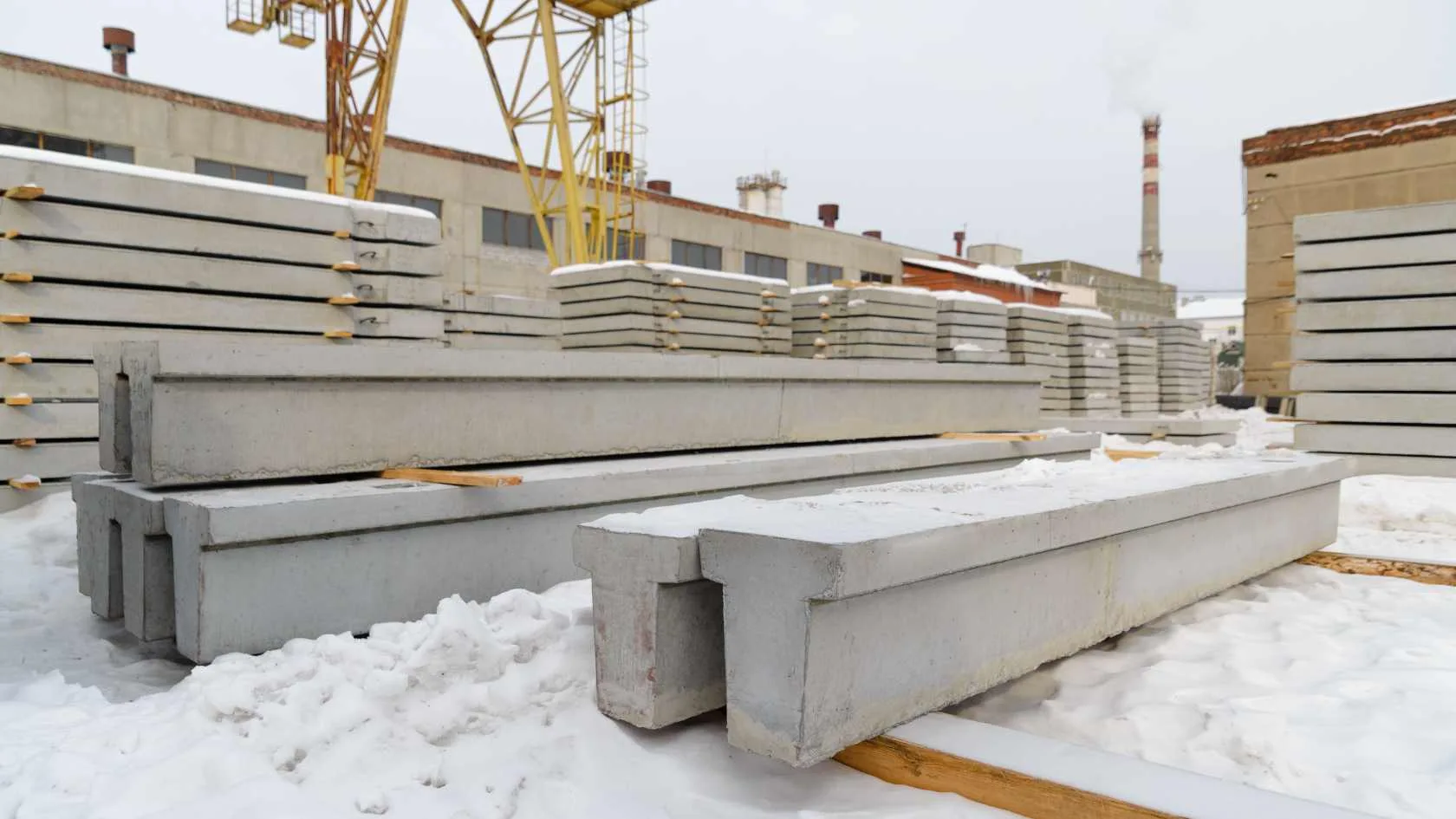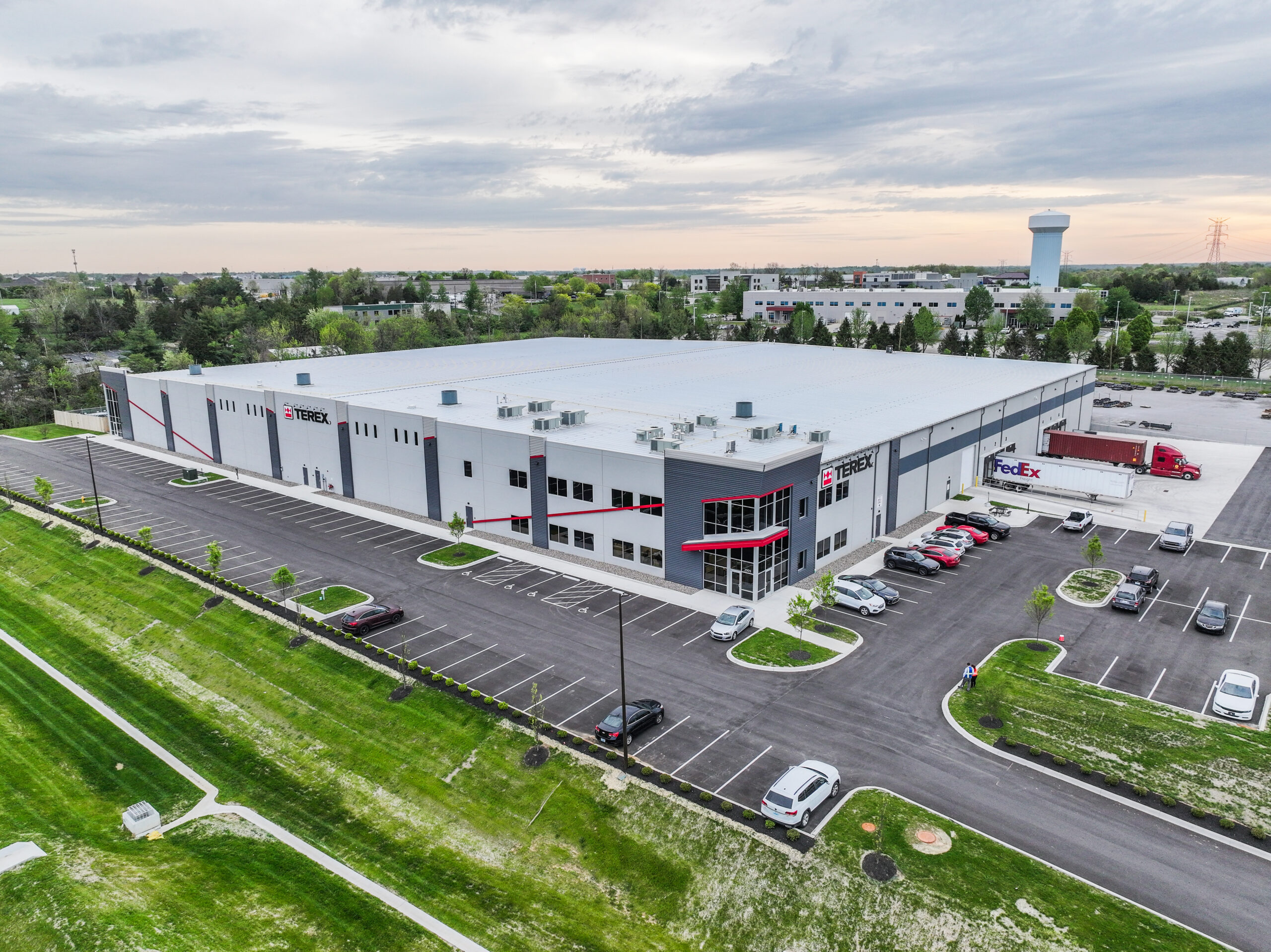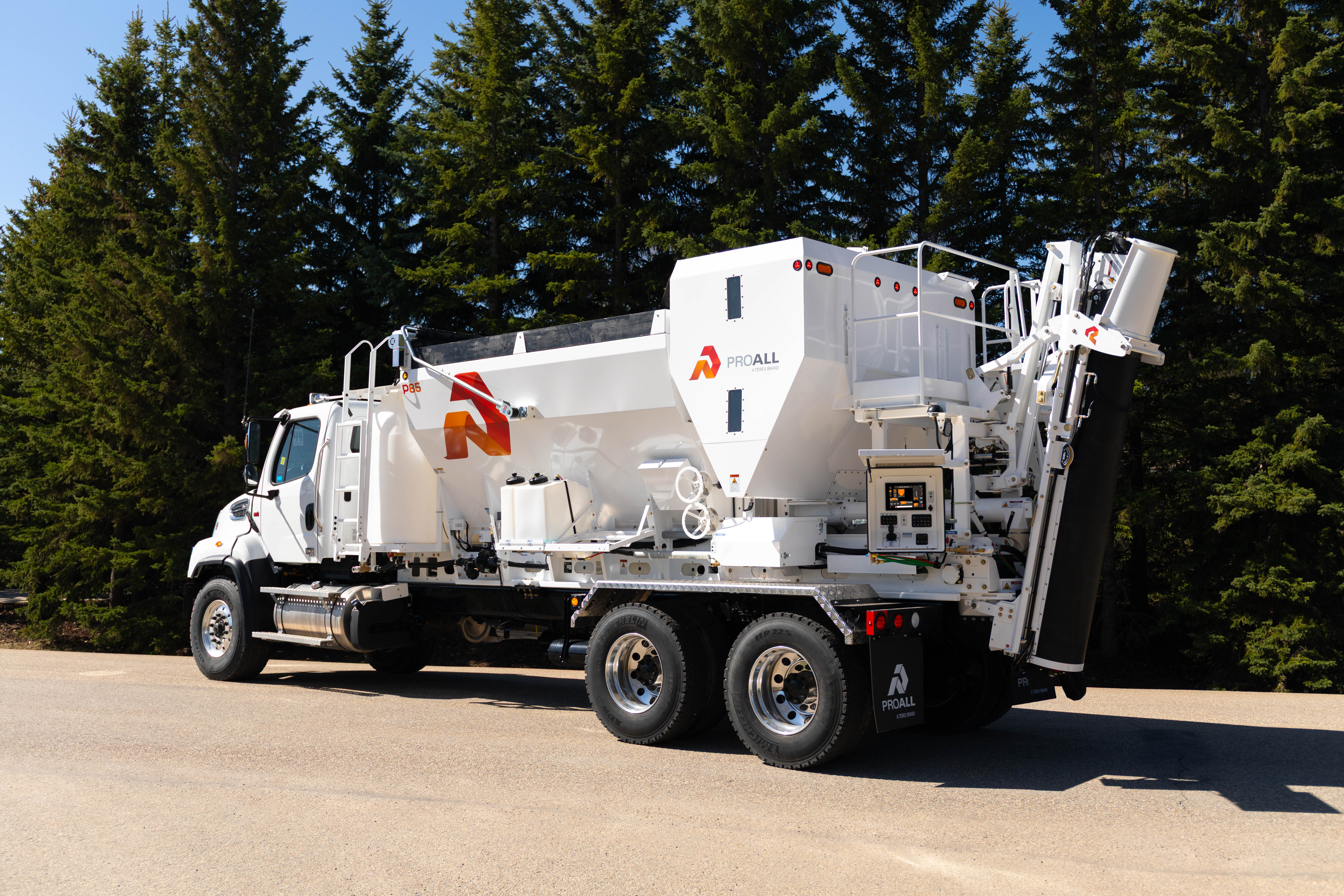
Navigating Chilly Waters: Preparing Your Concrete Pouring Company for Colder Weather
As the seasons shift and temperatures drop, concrete pouring companies must adapt and prepare for the challenges of colder weather. Successfully executing concrete projects during this time requires careful planning, equipment readiness, and a focus on maintaining quality while minimizing delays. This blog post will guide you through essential steps and tips to prepare your concrete pouring company for the colder months ahead.
Assess Equipment and Machinery:
Before the cold weather arrives, thoroughly inspect your equipment and machinery. Check for any signs of wear and tear and ensure everything is in optimal working condition. Cold weather can strain equipment, so preventive maintenance is critical to preventing costly breakdowns.
Winterize Your Fleet:
Your concrete trucks and machinery need special attention in colder climates. Here’s what you can do:
- Check and replenish antifreeze levels.
- Inspect and replace worn-out hoses, belts, and seals.
- Verify that heating systems function correctly to prevent concrete from freezing during transit.
- Keep tires in good condition, and consider using winter tires or tire chains for added traction on icy roads.
Stockpile Winter Supplies:
Stock up on essential winter supplies well in advance. This includes de-icing materials like rock salt or calcium chloride for your job sites and facilities. These readily available supplies will help you keep work areas safe and prevent delays due to icy conditions.
Adjust Scheduling and Curing Times:
Colder weather can impact your project timelines and the curing process of concrete. Consider the following:
- Plan for shorter working days due to reduced daylight hours.
- Schedule concrete pours during the warmest parts of the day to prevent freezing.
- Use insulated blankets or curing compounds to maintain proper curing temperatures and moisture levels.
- Avoid pouring concrete when temperatures are below freezing, as it can compromise the concrete’s integrity.
Educate and Train Your Team:
Ensure your crew is well-prepared for the challenges of working in colder weather. Provide training on safety measures, the proper use of winter equipment, and the significance of wearing suitable cold-weather attire. Encourage open communication among your employees to address concerns or issues.
Plan for Snow and Ice Removal:
Develop a snow and ice removal plan for your job sites and facilities. Promptly clearing snow and ice is crucial for safety and project progress. Consider hiring a reliable snow removal service or investing in snow removal equipment if your company operates in an area with heavy snowfall.
Maintain Quality Control:
While meeting project deadlines is essential, always maintain the quality of your concrete work. Pay close attention to the curing process, and use temperature monitoring equipment if necessary. Communicate any adjustments in project timelines with your clients to manage their expectations while ensuring top-notch results.
Preparation is the key to your concrete pouring company’s successful transition into colder weather. By assessing your equipment, winterizing your fleet, stocking up on supplies, adjusting schedules, educating your team, planning for snow and ice removal, and maintaining a commitment to quality, your company can continue to thrive even when the mercury drops. With proper planning and a focus on safety, you’ll ensure the success of your concrete projects throughout the winter months.


